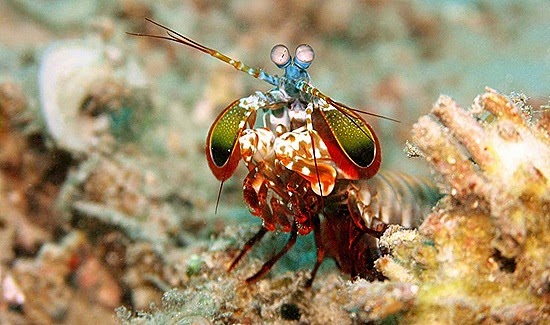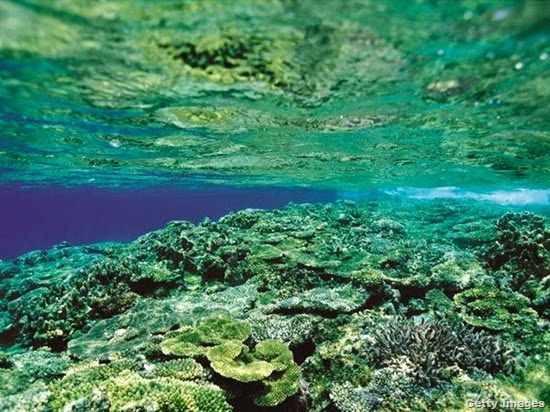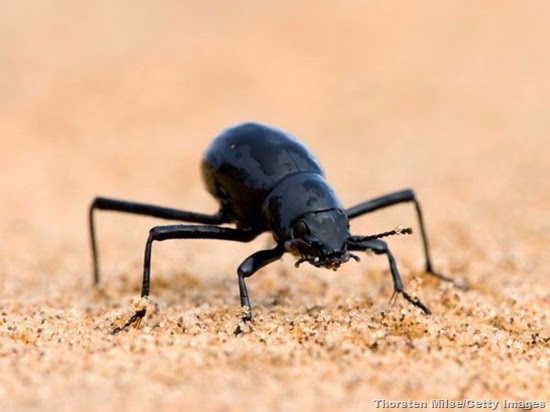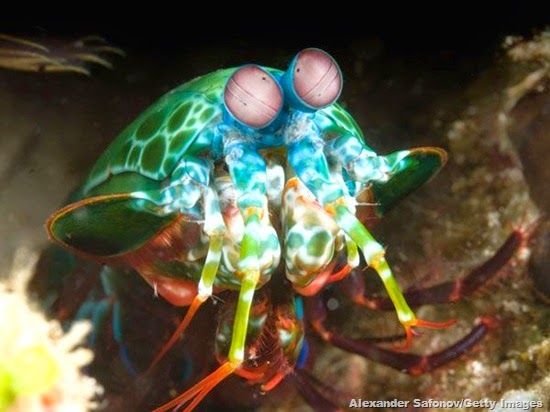
We're at that point in the summer where this is how it feels to go outside and get the mail - and heaven forbid you forget your sunscreen and come home looking like something on the menu at the Lobster Shanty. But some lucky animals and plants don't need sunblock: they manufacture their own right inside their bodies.
1. Hippopotamus
For something with such a silly name, the hippopotamus is a badass. Their bite force can crush a croc, they kill more people per year than sharks, and they appear to sweat blood. However, that sanguine substance is two pigments - one red, one orange - that combine to act as both a natural sunblock and antibiotic, making the hippo its own walking Walgreens.
Perhaps this chemicals double as protection from being eaten - by us. When one biologist suggested barbecuing and eating the problem hippos left behind by drug lord Pablo Escobar in Colombia, Vice's Matt Zuras was leery of the idea, noting their slimy sunblock "probably doesn't make a very good chicharron."
2. Corals and Algae
It's always nice to have a friend at the beach to help you get that sunblock on your back. The partnership between coral and algae takes that one step further: They help each other make the stuff.
Paul Long of King's College, London led a 2011 study that found "the algae living within the coral makes a compound that we think is transported to the coral, which then modifies it into a sunscreen," which benefits not only them but the fish that eat the coral.
It could also benefit people. Researchers in Australia have developed a sunscreen based on that of the corals of the Great Barrier Reef.
3. Darkling Beetles
The phrase "waxing your back" has a different meaning to darkling beetles than it does to hirsute humans. A study in the journal Natural History in the 1990s described how a "wax meshwork of the beetles exterior protects it from heat," of the Namib Desert of southwest Africa. And it's not only protective - it's pretty.
A North American beetle species secretes a wax coating that varies in colour depending on the aridity of the air. It's black when the air is humid and pale blue when it's dry. The blue decreases the beetles' absorption of solar energy, lowering its body temperature.
4. Plants
Plants are stuck. It's not like they can head for the shade of a tiki bar when they get sick of the sunlight. So how do they not get sunburned?
Plants produce their own sunblock, a trick that scientists at the University of Glasgow discovered to be triggered by a protein called UVR8. UV-B light, the kind that causes sunburn and cell damage, triggers a change in the plant's UVR8. That in turn causes a change in the plant's gene expression, causing it to produce its own sunscreen.
Now if flora can learn to make their own Mai Tais, they'll be all set for vacay.
5. Mantis Shrimp
Mantis shrimp are a fascinating species 400 million years in the making. They're cool-looking. They can throw fast, wicked-strong punches. Oh, and they have the most complicated eyes in the animal world, which can see UV and polarized light.
"They've made them almost nonsensically complex," says biologist Michael Bok, who was part of a team that discovered yet another feature of these triple-decker, independently moving stalked eyes. The team found that the filters in the eye are made of mycosprine-like amino acid pigments (MAAs), which are known to act as a sunblock in other marine animals' skin and exoskeleton.
"They're doing the same thing there, absorbing ultraviolet light," Bok says, and that filtration "narrows the sensitivity of that photoreceptor," making their vision more acute.
But please don't go and put Coppertone in your own eyes. It doesn't work that way.
Related Links:





No comments:
Post a Comment
Please adhere to proper blog etiquette when posting your comments. This blog owner will exercise his absolution discretion in allowing or rejecting any comments that are deemed seditious, defamatory, libelous, racist, vulgar, insulting, and other remarks that exhibit similar characteristics. If you insist on using anonymous comments, please write your name or other IDs at the end of your message.